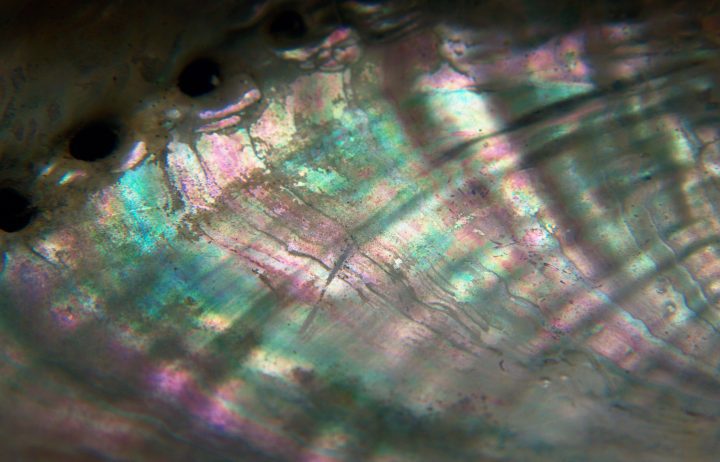Non-diffracting light beams from University of Münster do not fade over long distances.
Benefits
- Decreased light diffraction
Applications
- Microscopy
- Manufacturing
- Telecommunications
UN Sustainable Development Goals Addressed
-

Goal 9: Industry Innovation & Infrastructure
The Challenge
Certain applications such as high resolution microscopy or nanoscale material processing require customized laser beams that do not change during use. This is a challenge because as light is traveling to a specific destination, it may end up traveling off course or fading. Light can diffract, which means when it hits an obstacle, it will redirect, or change characteristics. Creating non-diffracting light fields will enable new applications such as light disk microscopy or laser-based cutting.
Innovation Details
The researchers used light structures called caustics, which occur naturally when light is reflected or refracted by a curved surface and projected through it. The light beams cross and overlap, creating a series of brightly focused lines on the other side. One example is the bright pattern of twinkling light rays often seen at the bottom of a swimming pool. Researchers were able to use and manipulated these caustics to generate rays for new types of laser beams. This creates new opportunities for optical materials processing, multidimensional signal transmission, or advanced high resolution imaging.
Biological Model
Caustics occur naturally when light is reflected or refracted by a curved surface and projected through it. The light beams cross and overlap, creating a series of brightly focused lines on the other side. One example is the bright pattern of twinkling light rays often seen at the bottom of a swimming pool.




